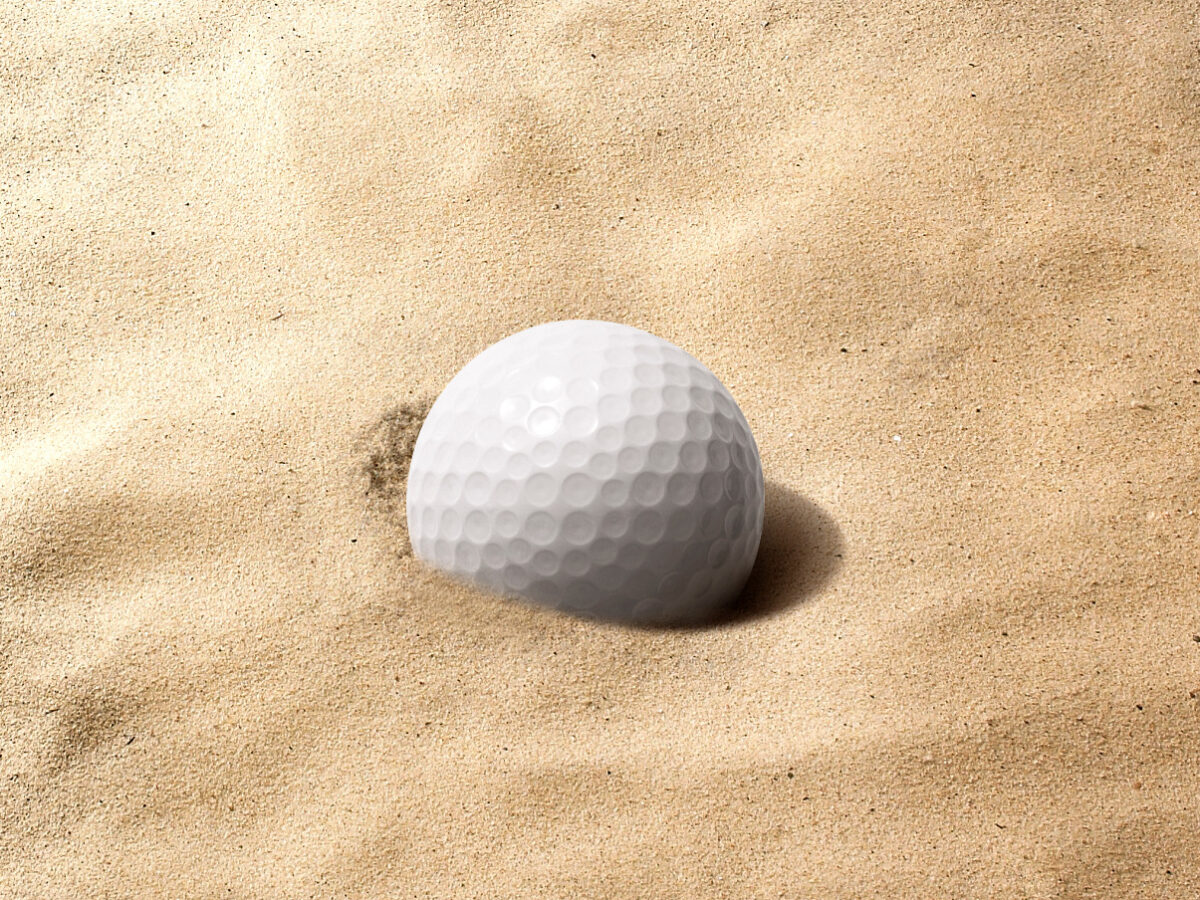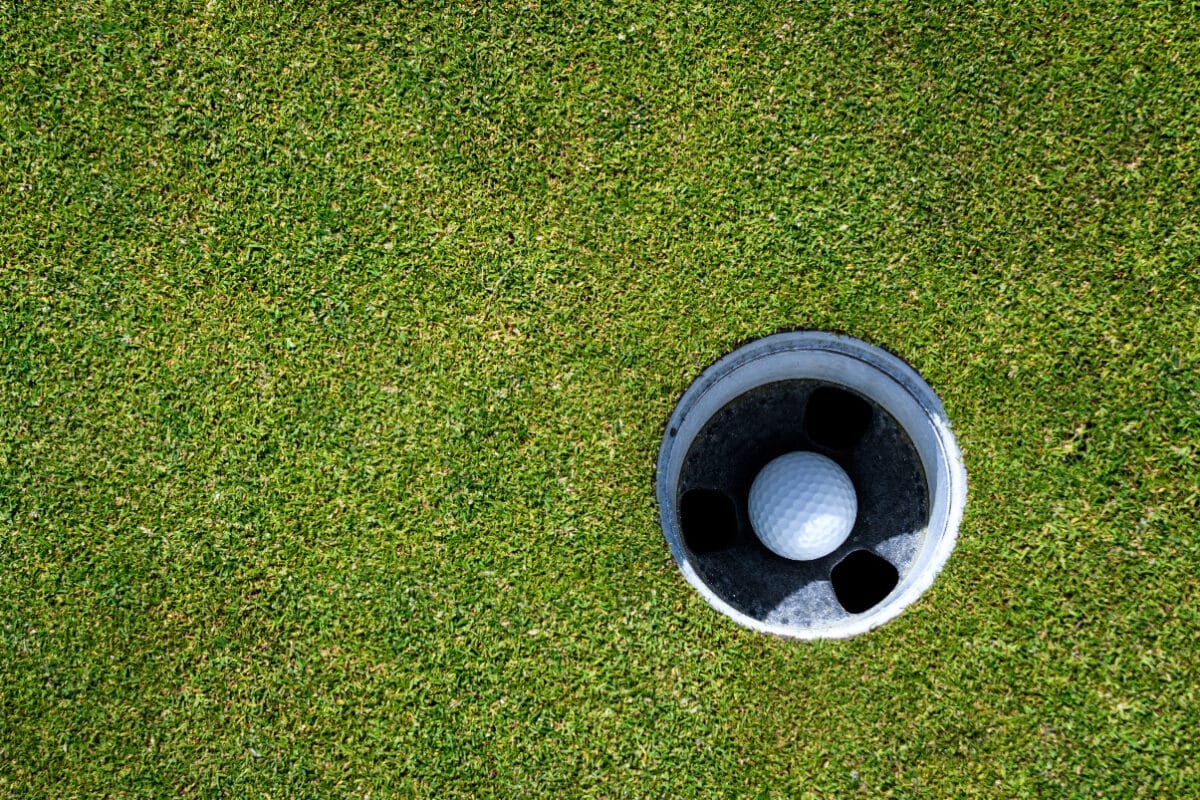What are Overrun Golf Balls? What To Look For When Buying
Golf balls represent one of the biggest equipment investments for golfers. New models from leading brands often cost $50 or more per dozen. At those steep prices, many players seek ways to save on golf balls without sacrificing quality and performance.
This demand has led to the creation of the overrun golf ball market. But what exactly are overruns, and are they right for your game? Let’s take an in-depth look at these discounted golf balls.

The Overrun Golf Ball Concept
Overrun golf balls refer to extra balls manufactured in excess of the production orders placed by golf ball brands. Ball makers produce extra supplies to account for defects and quality testing needs.
These overruns are unused, perfectly functioning balls identical to those sold in stores. The only difference is they lack the brand stamping and packaging.
Overrun sellers acquire these unmarked extra balls from manufacturers at significant discounts. They can then pass the savings along by reselling them at prices often 50-70% below brand name prices.
For golfers, overruns provide access to tour-level quality and performance without the premium price tag. But overruns have downsides to consider as well.
Why Overruns Get Created
There are a few key reasons golf ball producers create these overruns off their standard orders:
- Production Defect Allowance – A certain percentage of balls get discarded during manufacturing due to flaws. Creating extras allows brand orders to still be met after defects are removed.
- Minimum Batch Sizes – The machines and logistics of ball-making favor large production batches. Overruns help optimize batch sizes and workflow.
- Testing and Promotion – New prototypes get produced ahead of finalizing ball designs for tour player testing and sampling. Extras remain after the R&D process.
- Maintaining Market Share – Constant innovation requires brands to produce balls for new releases while still meeting the demand for older models. This leads to excess old stock.
While overruns are unintended originally, the excess gets sold legally to resellers in a thriving secondary market rather than going to waste.
Common Types of Overrun Golf Balls
Several categories of overrun balls exist depending on precisely how the balls get sourced and resold:
- Standard Overruns – These come directly from major manufacturers like Titleist or Callaway. They are new, unused balls lacking brand stamping. The exact models match what is currently sold in stores.
- Discontinued Models – Older ball designs often get overproduced before brands shift to newer releases. These are previous-generation models but are still high quality.
- Off-brand Logo Overruns – Some sellers will stamp their own logo versus leaving balls blank. Performance matches the original brand but allows legal resale.
- Cosmetic Seconds – Balls discarded for minor cosmetic blemishes that don’t affect performance also enter the overrun market.
- Player Promo Balls – Tour player-marked balls given out during promotions can become overruns after the promotion period ends.
Understanding these overrun categories helps buyers evaluate the quality and potential cost savings. Authentic overruns offer real value, while fake imitations also abound.
Potential Pros of Overrun Golf Balls
Overrun golf balls present some potential upsides for value-focused buyers:
Significant Cost Savings – Prices of 50% or more below brand names maximize budget flexibility.
Performance Retention – Overruns match new balls for quality and specs since they were identically manufactured.
New Condition – Most standard overruns are unused, so performance will match balls right off store shelves.
Customization – Some sellers let buyers customize overruns with personal logos or text stamping.
Environmentally Friendly – Using overrun stock reduces waste and avoids destroying unsold new balls.
With such low prices for equivalent products, it’s easy to see the consumer appeal of sourcing and playing overrun golf balls.

Potential Cons of Overrun Golf Balls
However, there are also some notable drawbacks and risks to weigh with overruns:
No Branding – Lack of logos or markings is unattractive to some players and reduces ball recognition.
Authenticity Questions – Spotting fakes with inferior quality can be difficult without brand identification.
Discontinued Models – Performance improvements in newer designs may be missing.
Limited Supply – Finding preferred models in steady stock can be challenging.
Reputational Risks – Some golfers believe playing “knock-offs” projects a weak image versus branded balls.
No Customer Support – Manufacturers won’t provide support for what they consider unauthorized products.
While overruns can save money, the absence of branding, authentication and tech support requires buyer diligence to avoid problems.
Should You Use Overrun Golf Balls?
Given the pros and cons, should you incorporate overruns into your golf ball purchases? Here are some factors to consider:
- Playing Ability – If you consistently lose numerous balls during rounds, overruns provide cost savings. But lower handicap players may prefer the assurance of branded quality.
- Brand Preferences – If you have specific model preferences, verify overrun availability so you don’t sacrifice performance.
- Frequency of Play – Overruns work well for frequent players going through dozens of balls monthly. Occasional players may prefer new-release branded balls.
- Budget – Overruns stretch your golf ball budget much further. But if budget isn’t a major concern, the brand confidence may still be worth the premium.
- Cosmetic Preferences – If ball appearance matters to you, the lack of logos on most overruns could be detrimental.
Weigh your specific needs against the overrun pros and cons. Low and average-handicap players can likely realize substantial cost savings without sacrificing quality.

What to Look for in Buying Overrun Golf Balls
If you decide to purchase overruns, here are key factors to evaluate:
- Reputable Seller – Verify the seller’s reputation and customer reviews to avoid counterfeit products.
- Warranty Protection – Examine return policies and warranties that guarantee authentic overruns.
- Model Availability – Request samples across brands and models to assess options before purchase.
- Condition – Inspect for any signs of wear and tear or repackaging. Seek unused balls.
- Custom Stamping – Consider custom logo stamping for enhanced visibility, alignment and identification.
- Price – Compare pricing across sellers to find the best discounts below brand retail.
- Performance Testing – Try sample balls on the course to gauge performance versus expectations and marketing claims.
With extra diligence, you can source high-quality overruns matching your game at huge savings.
Are Refurbished Balls a Good Option?
Along with overruns, many golfers encounter deals on refurbished balls. These were previously used but go through a reconditioning process.
Refurbished balls can also provide significant cost savings, but performance will be inferior to both new and overrun balls. Here are considerations around playing refurbished golf balls:
- Balls lose significant performance after just a few rounds of use as the materials degrade. Don’t expect the quality of new.
- Refinished surface coatings differ from originals so feel and control can change.
- The latest technology innovations are missing versus new ball designs.
-Durability and play life will be shortened versus new balls.
While cheaper, the compromise involved with refurbished balls makes overruns a better option for peak value matching new ball quality.
Conclusion
Overrun golf balls deliver new, unused balls identical to those sold in stores but at substantial discounts by lacking brand markings.
Sellers acquire excess manufacturer stock originally created as production allowances. Benefits like huge savings and retained quality must be weighed against downsides like no branding and authentication concerns.
Factors like budget, playing ability, and technology preferences determine if overruns are a smart choice. With extra diligence in sourcing and testing, overruns can become a golfer’s best friend!
